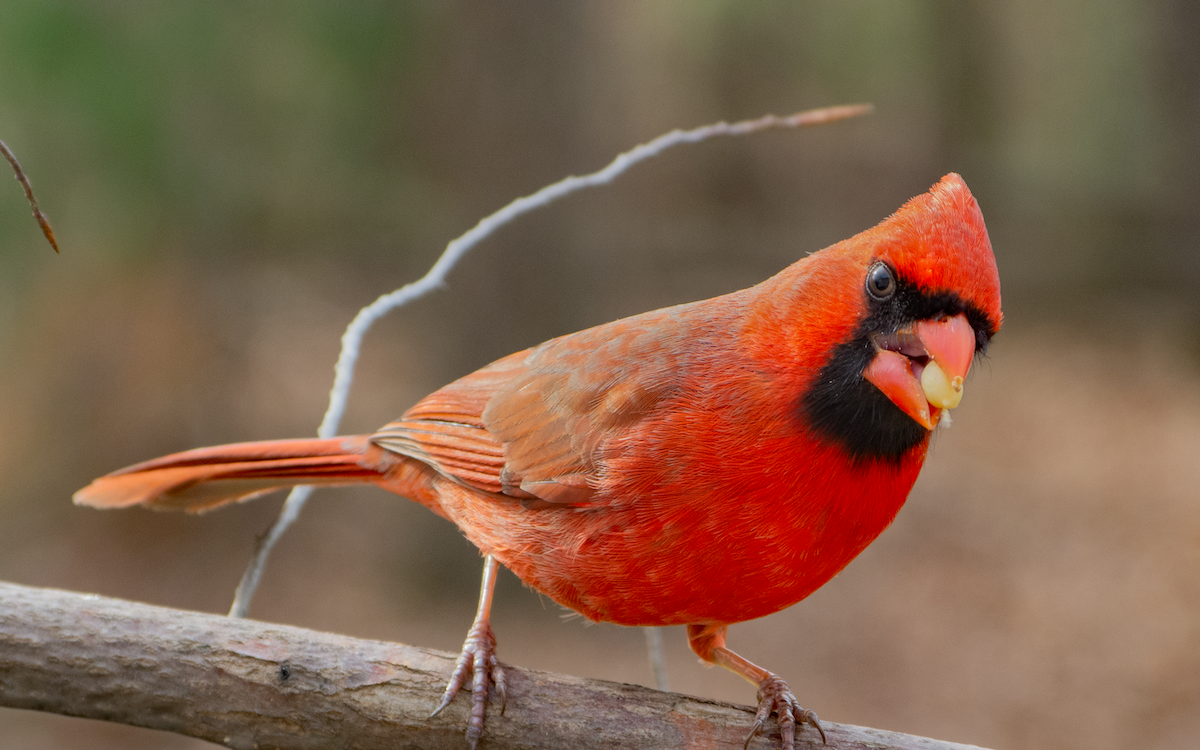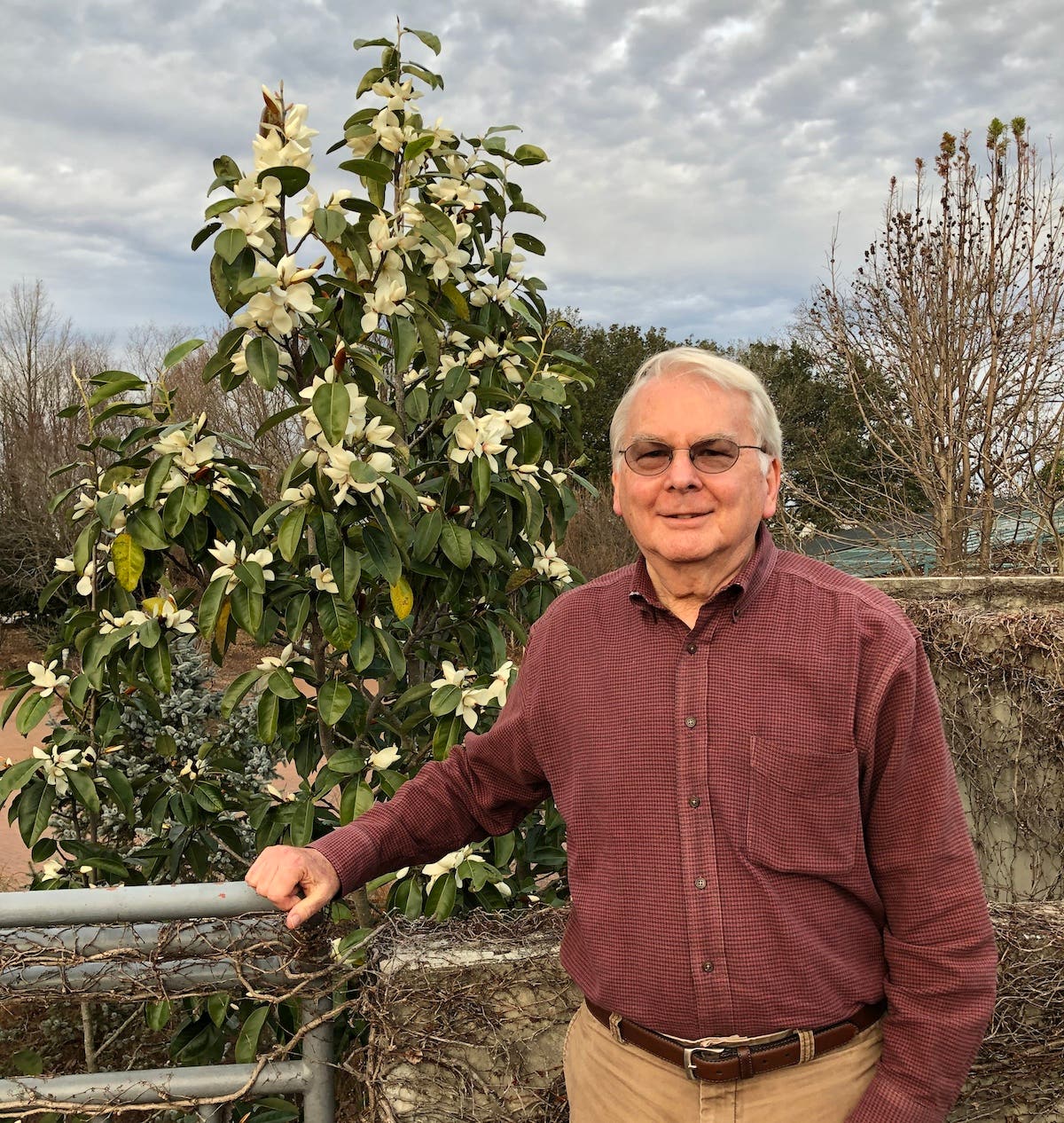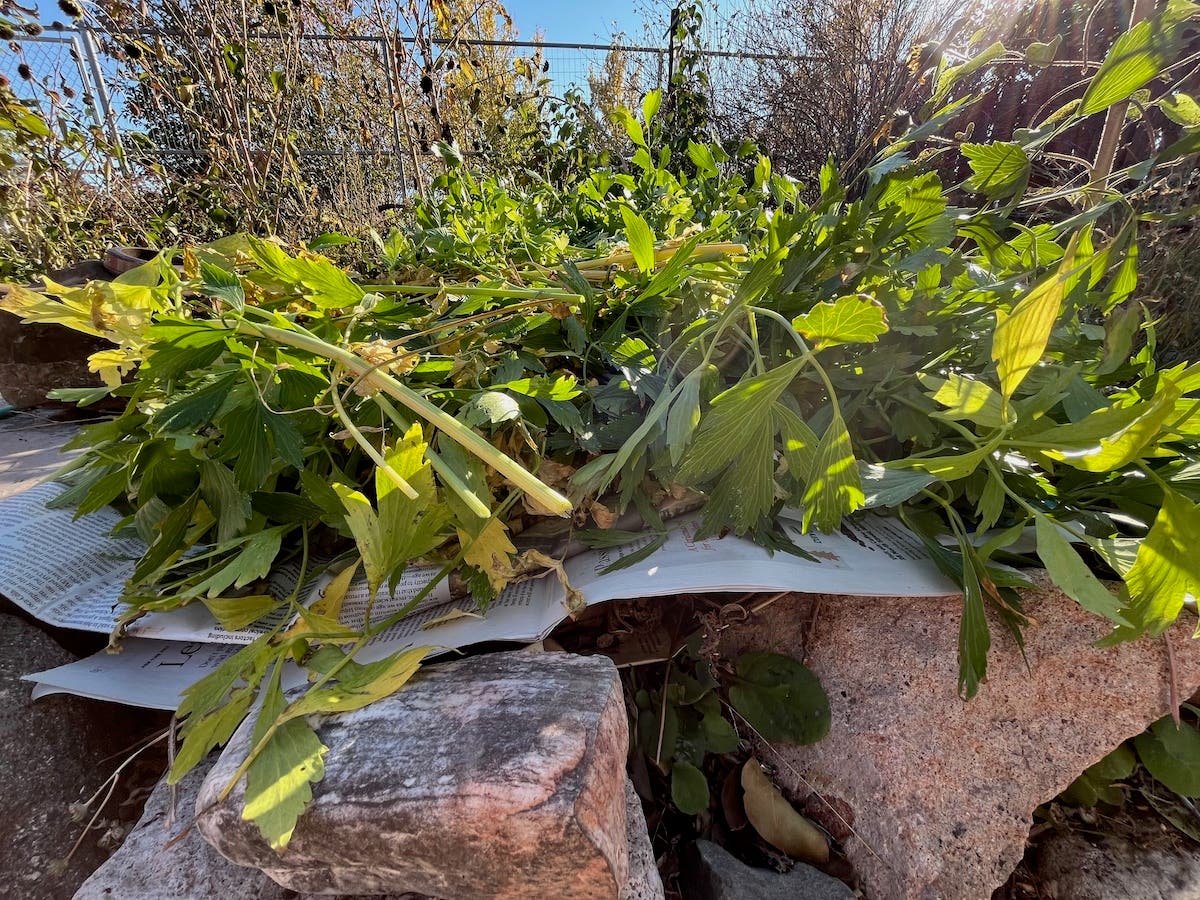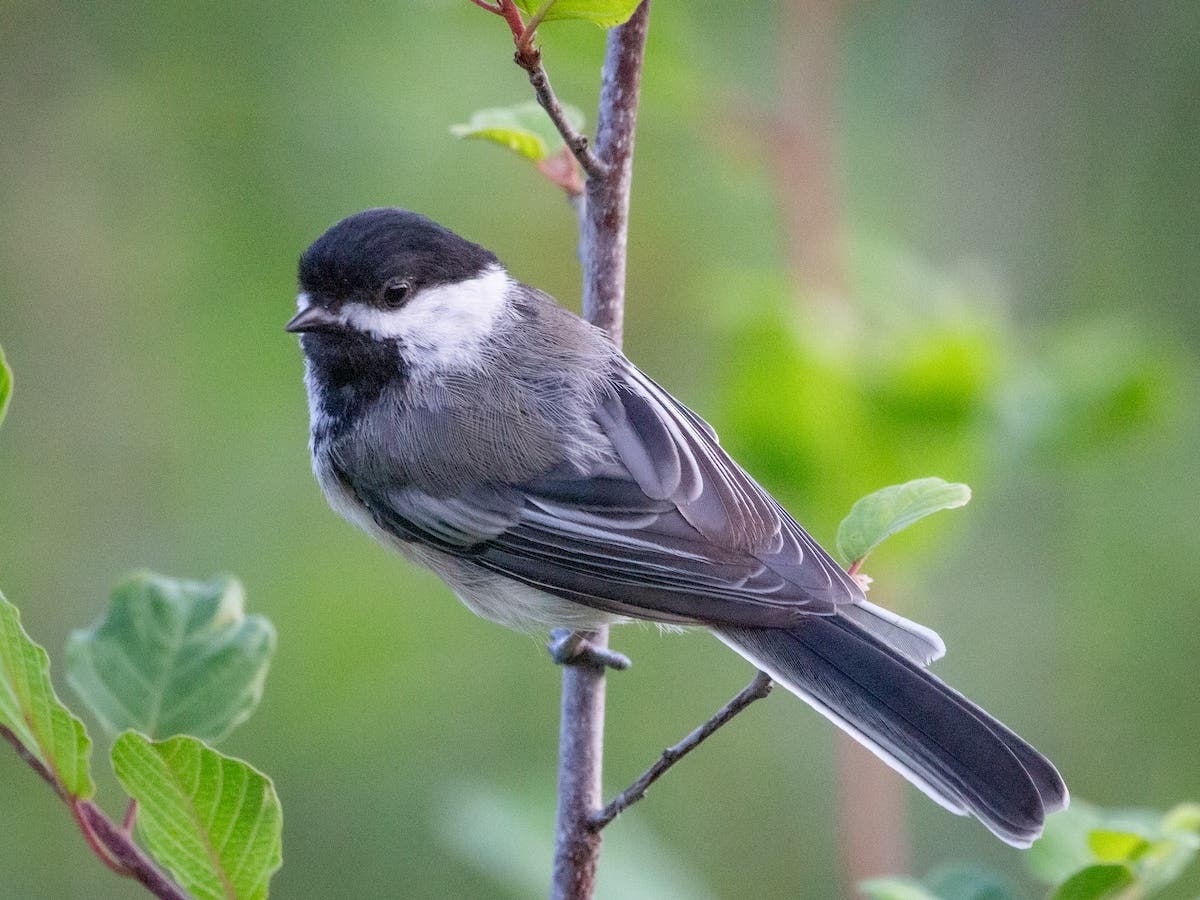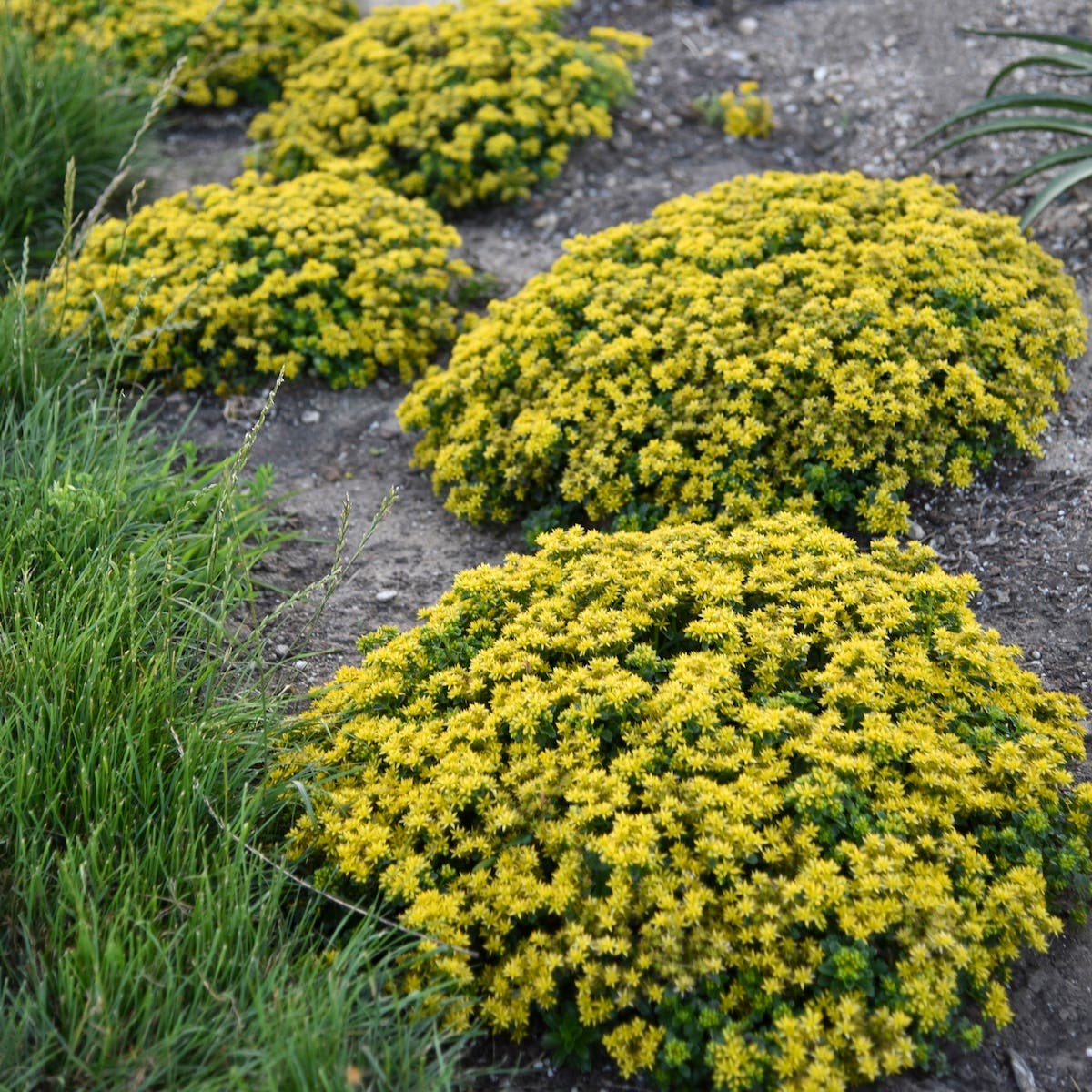Q&A: Blossom-End Rot
What is blossom-end rot, what crops does it affect and how to prevent it.
Question: I think my tomatoes have blossom-end rot. There is a dark spot on the bottom of the tomato. What should I do? What other plants get blossom-end rot?
Answer: Blossom-end rot is a disease that strikes tomatoes, peppers, squash, cucumbers and watermelons. It is not caused by a pest but instead by growing conditions. You don't need to worry about it spreading from plant to plant, although of course plants of the same type may develop it on their own. Blossom-end rot affects the fruit of the plant, whereas diseases like tomato late blight effect the foliage.
You can recognize blossom-end rot by a small wet area at or near the bottom of the fruit. This becomes darker and larger as the fruit develops, and it takes on a leathery look. On peppers, the spot will look tan. In tomatoes and watermelons, it becomes black.
A lack of calcium causes blossom-end rot. It could be that there's little calcium available in the soil, or, more frequently, that fluctuations in water hinder the uptake of calcium.
Careful watering goes a long way to prevent blossom-end rot. Too much or too little water, or periods of drought then deluge, increases the chances your plants will develop the disease. In hot, dry weather, water your plants. Mulch the soil to conserve moisture. Try not to disturb the roots of the plants, including those small roots near the soil's surface, when weeding. Damaging these small roots inhibits a plant's ability to draw up water and nutrients.
If you think that moisture has been consistently available and the soil may be causing blossom-end rot, have the soil tested. If it shows to be lacking calcium, follow the recommendations for amendments. Generally this will involve applications of lime and/or gypsum a few months before planting time. Keep in mind that lime will raise the soil pH, so it is usually recommended only if soil is acidic.
Also be careful that you're not using a fertilizer that's higher in nitrogen, which promotes foliar growth, which increases transpiration, which can lead to calcium bypassing the fruits. For more on blossom-end rot and the connection between fertilizer and calcium deficiency in plants, see this paper from the University of Missouri Extension.
Image credit: By A13ean - Own work, CC BY-SA 3.0



